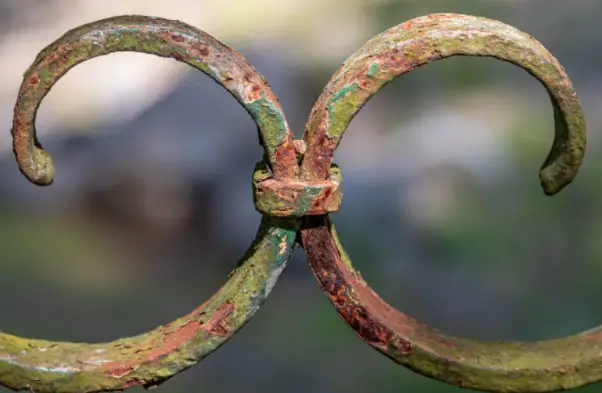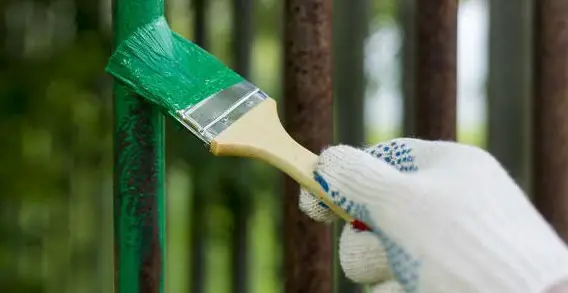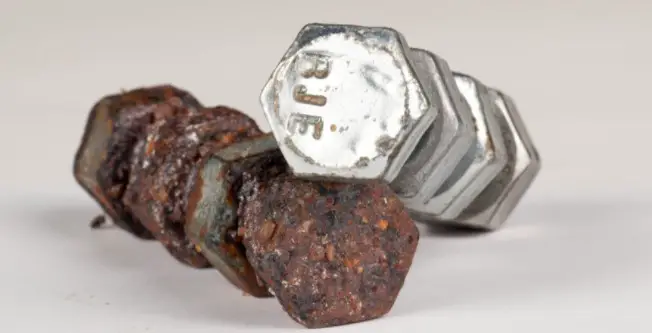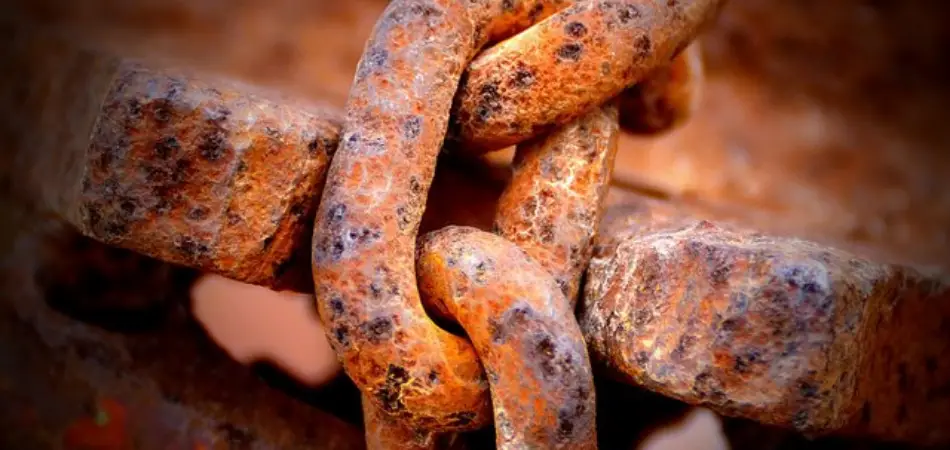Rust can happen speedily on iron if it’s placed in a highly corrosive environment. There are so many disastrous effects of rust on iron. The whole rusting process will heat up the iron alloy until it cannot be used for its original intent and purpose. Therefore, what does it mean to rust?
Rust is a reddish-brown coating formed on an iron mainly attacked by air, moisture or chemicals. It is a formation that occurs on iron as it oxidizes. During rusting, atoms from an electrolyte or oxygen are transferred to the iron alloy, and they react with the iron to form iron oxide.
Due to the detrimental effects of rust on iron, preventive measures are put in place to limit and eliminate rust from iron and its components. We will elaborate on those preventive measures right away.
Contents
What Conditions Are Necessary For Rusting?
Before rusting occurs, certain conditions must be put in place. I mean, rusting does not just happen.

The elements responsible for rusting include:
- Moisture,
- impurities,
- pH of the environment,
- and oxygen.
How To Prevent Rusting Of Iron?
Economically rusting of iron has a detrimental impact And should be avoided at all costs. There are various techniques to implement if you want to keep air and water away from iron alloys. Here are some of the main ways to prevent iron from rusting.

1. Painting
This is simply the coating of the iron surface with paint to prevent Direct contact with water and air. When the color is placed on an iron surface, it prevents direct contact of moisture and air from getting to the iron, preventing rust in general. A lot of iron-based products undergo painting before they can be used for building structures. Railings, window grills, railway coaches, automobile parts, trucks, buses, steel furnishings are painted regularly.
2. Applying Oil and grease
this is another bulletproof way to prevent rusting of iron. It plays out just the same way with painting, just that in this case, you don’t need the paint. You need grease or Oil. When you apply the lubricant to the surface of an iron object, the oil prevents air and moisture from coming in direct contact with the iron and thus prevents corrosion.
3. Galvanization
Galvanization is a bit more complicated than painting and applying grease to the iron surface. First off, what’s galvanization? It is a technique whereby thin layers of zinc to steel and iron to prevent corrosion and rusting. Galvanization is just coating iron with zinc. As we all know, zinc reacts more than iron, so when moisture or air comes in contact with the zinc-coated iron, the zinc interacts with the air and produces zinc oxide, which protects the iron from rusting. Galvanization is used mainly for iron materials exposed to excessive oxygen and moisture.
4. Electroplating
Electroplating is another proven method to prevent corrosion and eliminate iron rust. It is the process of electroplating an iron object with non-corroding metals such as chromium, nickel, and tin, all electroplated. One significant benefit of electroplating is that it doesn’t only prevent rusting. It also enhances the beauty of the iron object. So many building materials go through this process. Things like bathroom fittings are chromium-plated. Automobiles are not left out; car bumpers, bicycle handlebars, and so on are chromium plated.
5. Alloying
Did you know that alloying the iron to make stainless steel can prevent it from rusting? Stainless steel is repulsive to rust. Many utensils we use at home are made of stainless steel, medical equipment, cooking utensils, etc., and they do not rust. However, the down point of this is that stainless steel is too expensive to be used in large quantities.
6. Tinning
Tinning is the most non-toxic of all processes we have listed here. Even food cans undergo tinning, and they have a thin layer of tin in them because tin has lower reactivity than iron. When you place a thin coating of tin on an iron object, the object is preserved from rusting. It is a highly effective and safe method. Hence it is used on food cans and other edibles.
How Does Rust Damage Iron Objects?
When rusting occurs, the iron object reduces in size and becomes thinner over time. Rusting is the constant eating away of the iron object, making it worthless and dangerous to use, especially in building structures, bridges, railings, gates, and other vital structures that use iron. When do these objects or structures keep getting eaten away by rust? Guess what happens? They become hazardous to be around. That is where we see buildings collapse because the iron has been eaten deeply, and bridges fall, cars look bad, and even railings tend to break. This goes on to say without a doubt that we need to preserve iron from rust at all costs.

Final Words
We have carefully explained what rust is and why you should not allow it. We also presented the various steps to prevent rusting. We might not eliminate rusting, but we can reduce it to the barest minimum and keep ourselves safe following the steps outlined in this article.


